Our role in this workshop was not to think as Architects but as “Businessmen” to properly design a business plan for data collection that would be valuable for an organization in exchange for a revenue that would “pay back” for the study, time and design strategy conducted during the survey.
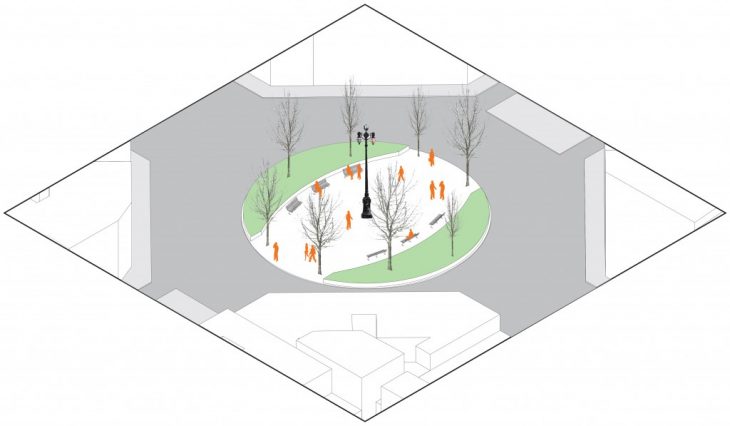
This project adopted the scenario assuming that the Municipality of Barcelona and IKEA signed a contract to provide the city of Barcelona with new smart city benches. IKEA decides to conduct a study, comparing the usage of their two prototypes of smart benches in a public space.
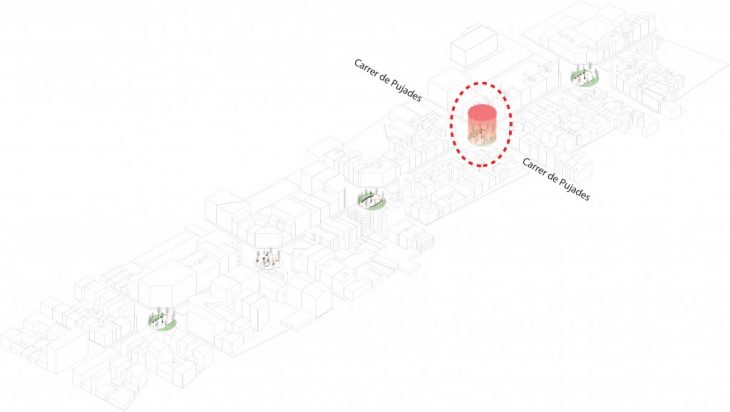
La Rambla de Poblenou
The site of intervention is on one of the busiest roundabouts of La Rambla de Poblenou, the one intersecting with Carrer de Pujades. The existing benches will be removed and an even number of both prototypes will be placed on both row of the sitting area.
Two cameras will be placed in the central lamp post facing the row of benches to capture the gender, an estimate age group and duration of interaction by scanning the faces of the users.
The data collected on site, during two consecutive week and 24/7, will be a valuable dataset for the manufacturer to evaluate the human behavior and to plan for future improvements.
The design intervention is presented in five vertical layers, starting respectfully by the users, interface, address, city and cloud layers.

“Users” who is being captured?
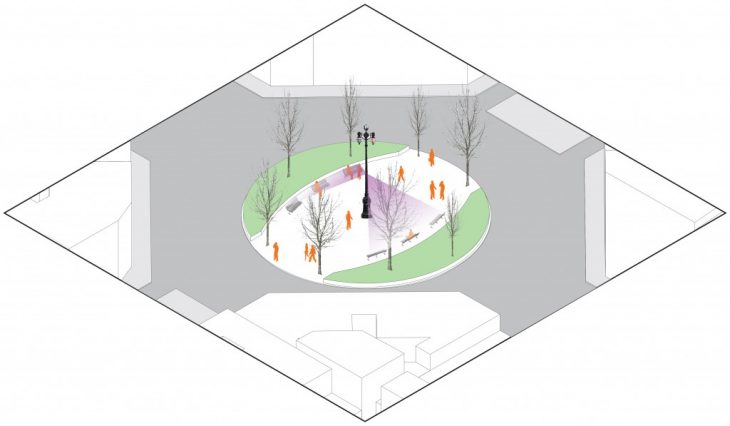
“Interface” how is the capture happening?
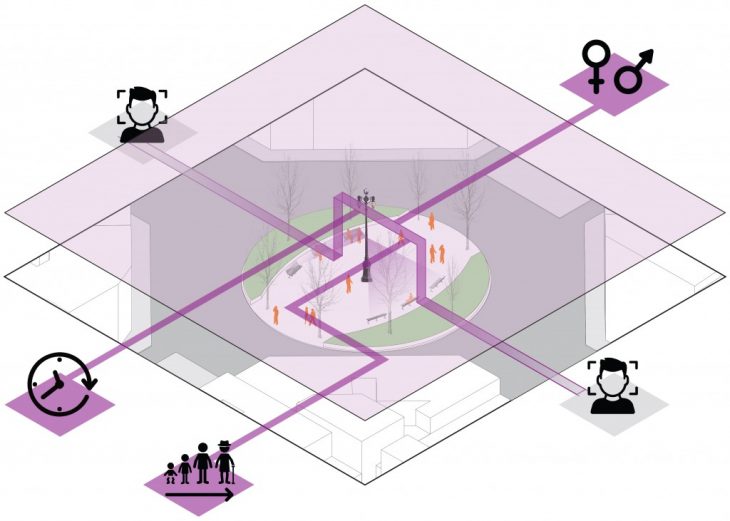
“Address” what is being captured?
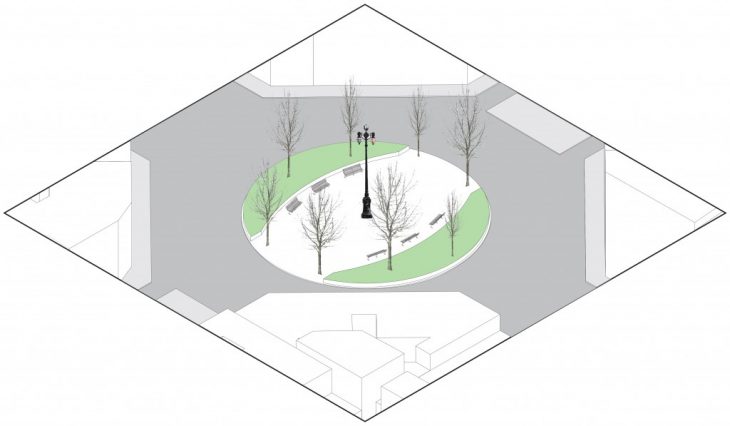
“City” where is the capture happening?
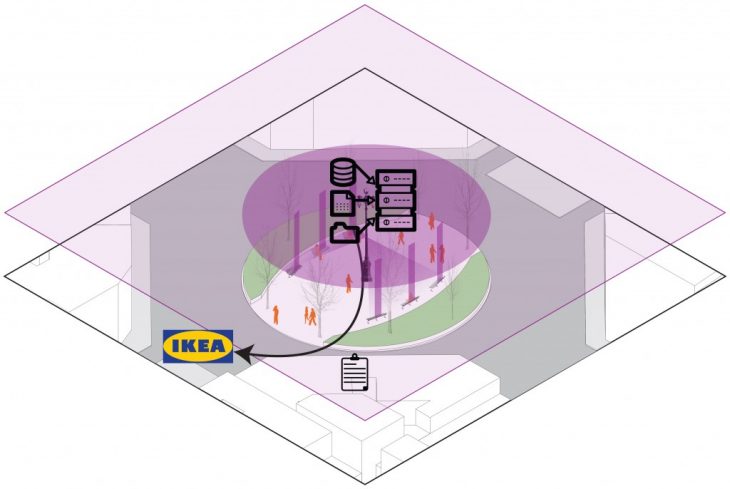
“Cloud” why is someone capturing it?